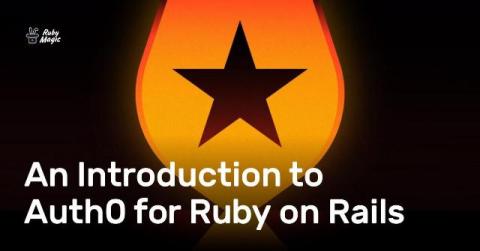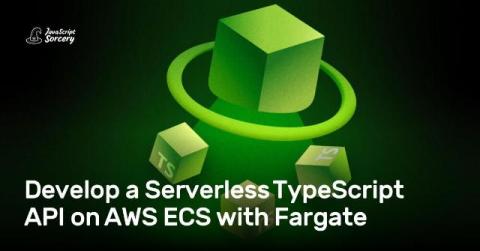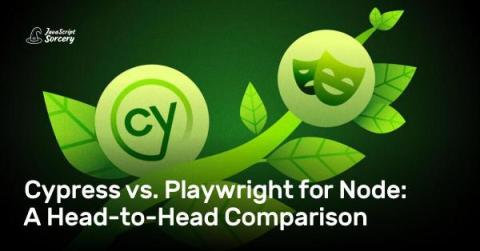An Introduction to Auth0 for Ruby on Rails
From custom-made to plug-and-play forms of authentication, Ruby developers have plenty to choose from these days. Yet, as you may know, building your own solution can be costly and dangerous. If Devise is the de facto standard for most teams, an alternative might simplify the lives of most. This article will cover the setup and use of Auth0 in a Ruby on Rails application, including everything you need to get going properly, from handling roles to relying on multiple providers to authenticate users.











